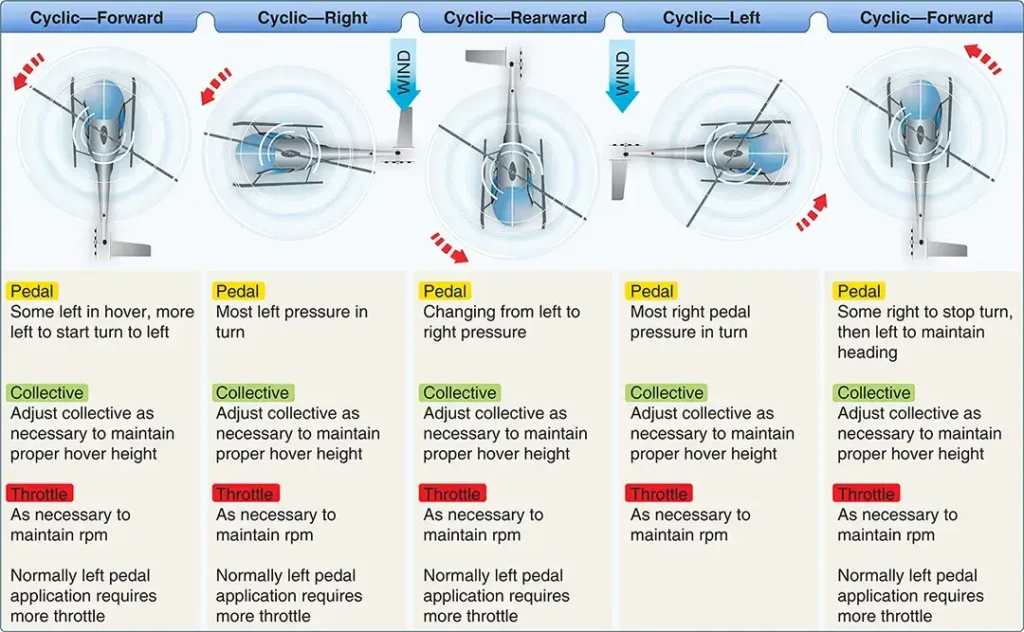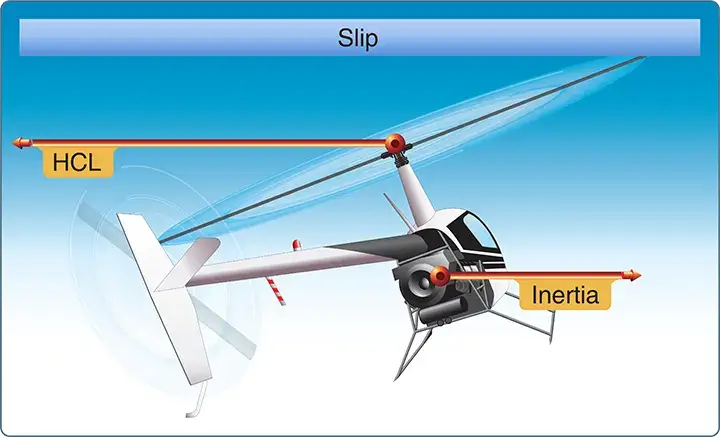Helicopter Hovering Techniques and Common Errors
Flying Training, Helicopter FlyingHovering A stationary hover is a maneuver in which the helicopter is maintained in nearly motionless flight over a reference point at a constant altitude and on a constant heading. Technique To maintain a hover over a point, use sideview and peripheral vision to look for small changes in the helicopter’s attitude and altitude. When […]
Helicopter Hovering Techniques and Common Errors Read Post »


